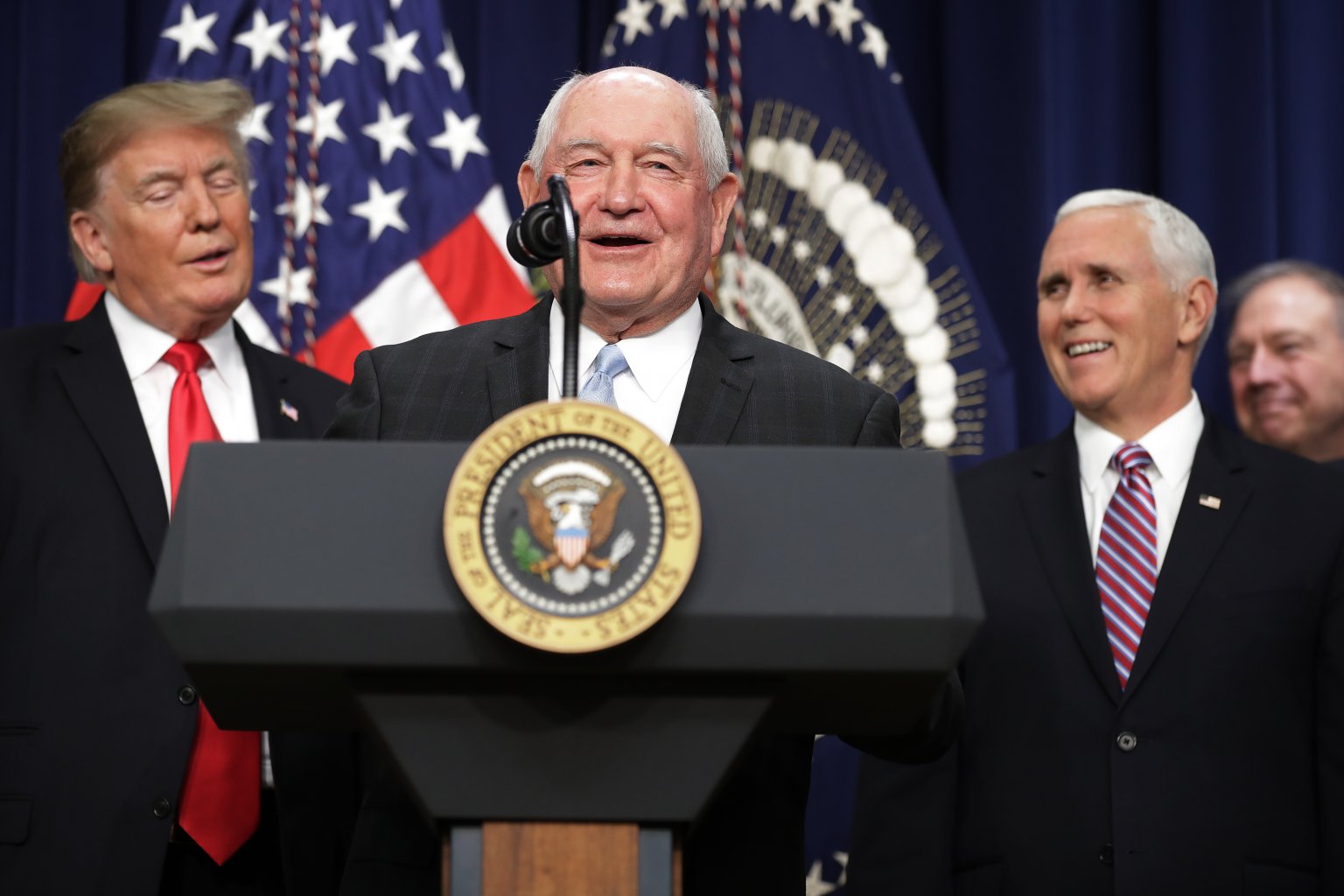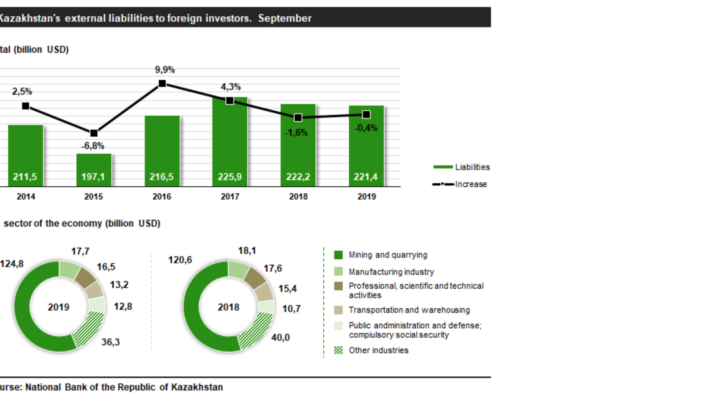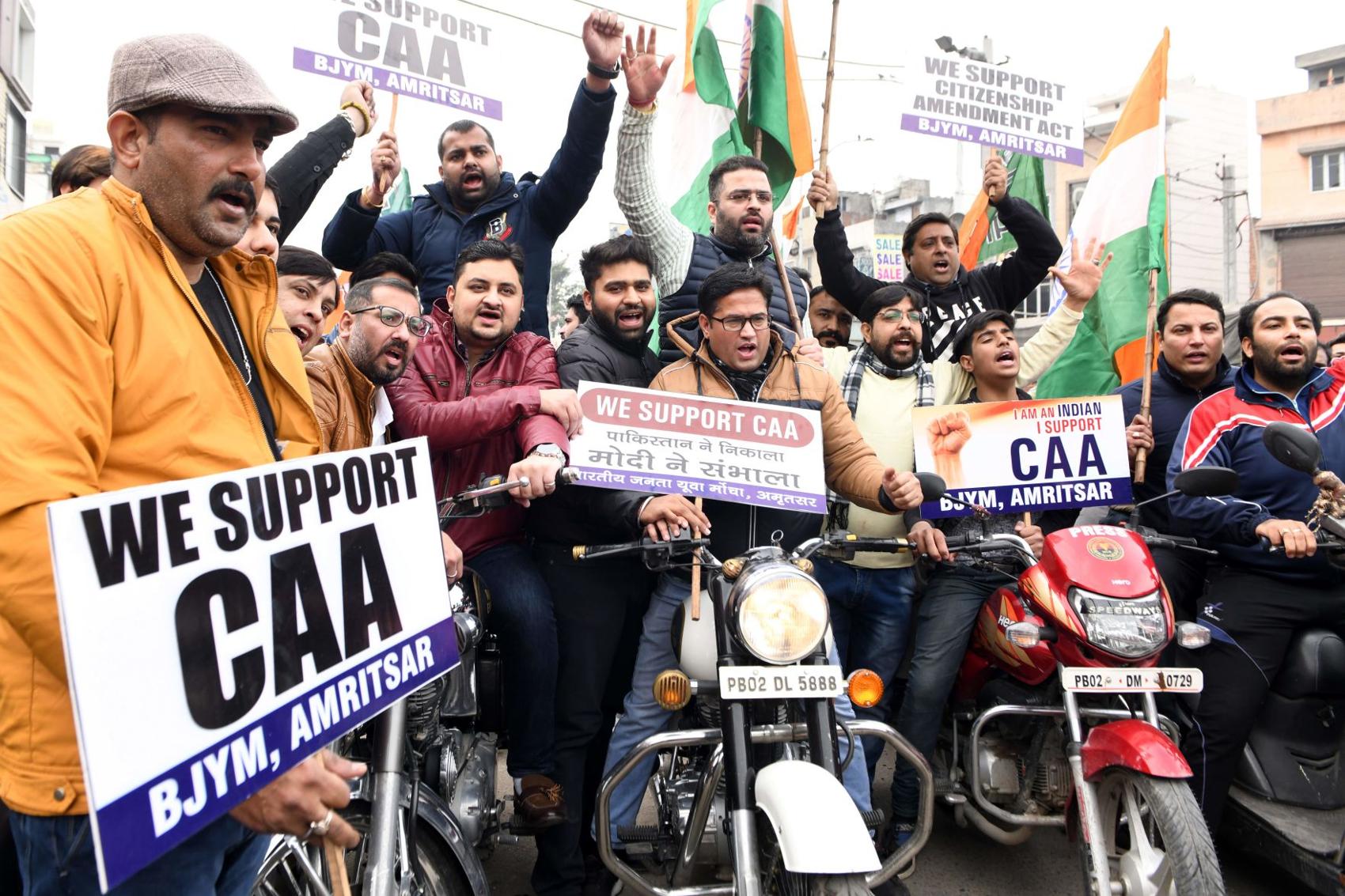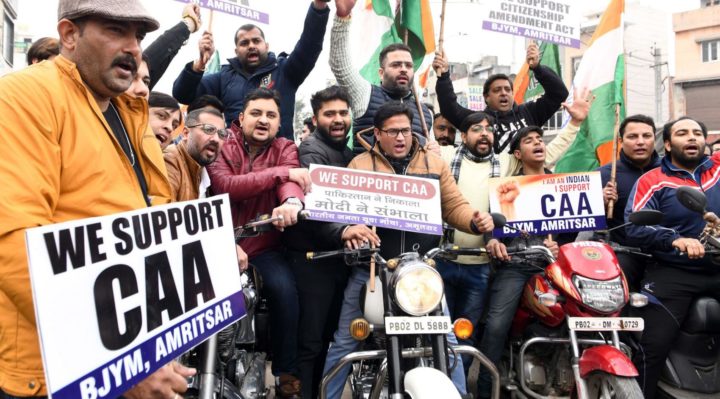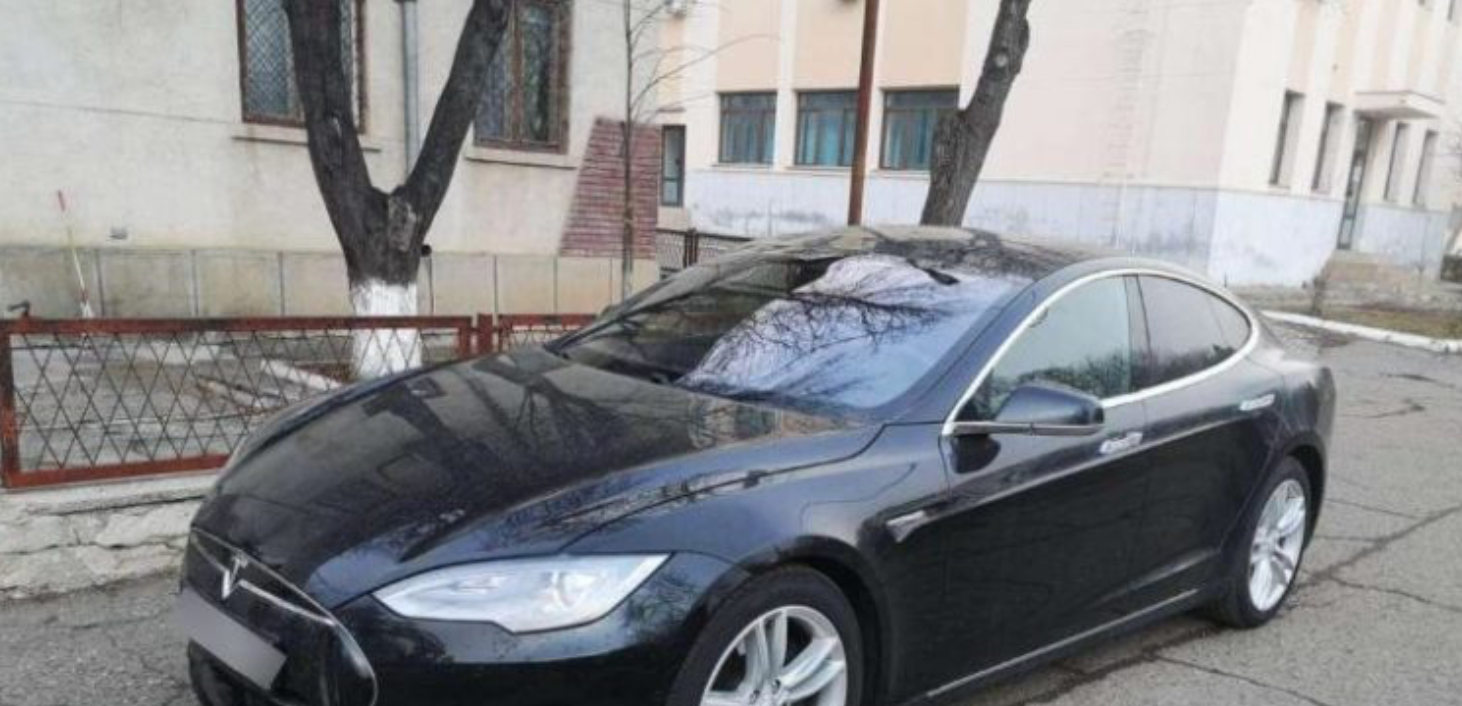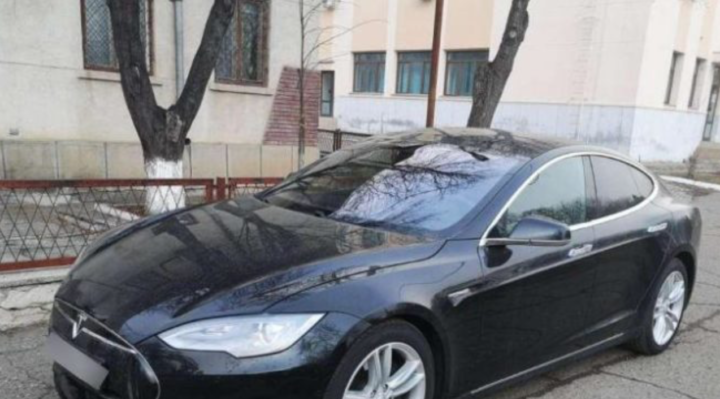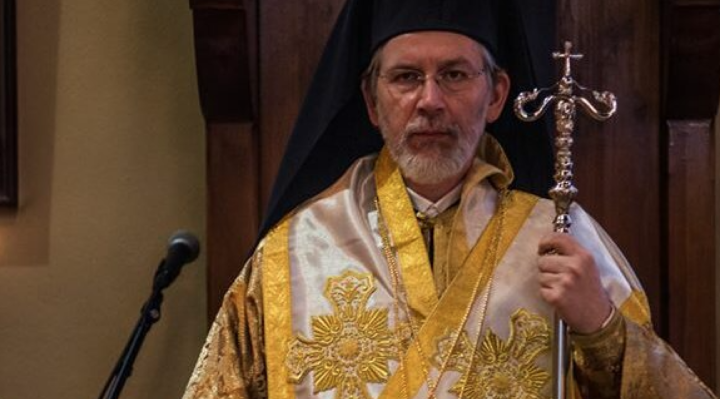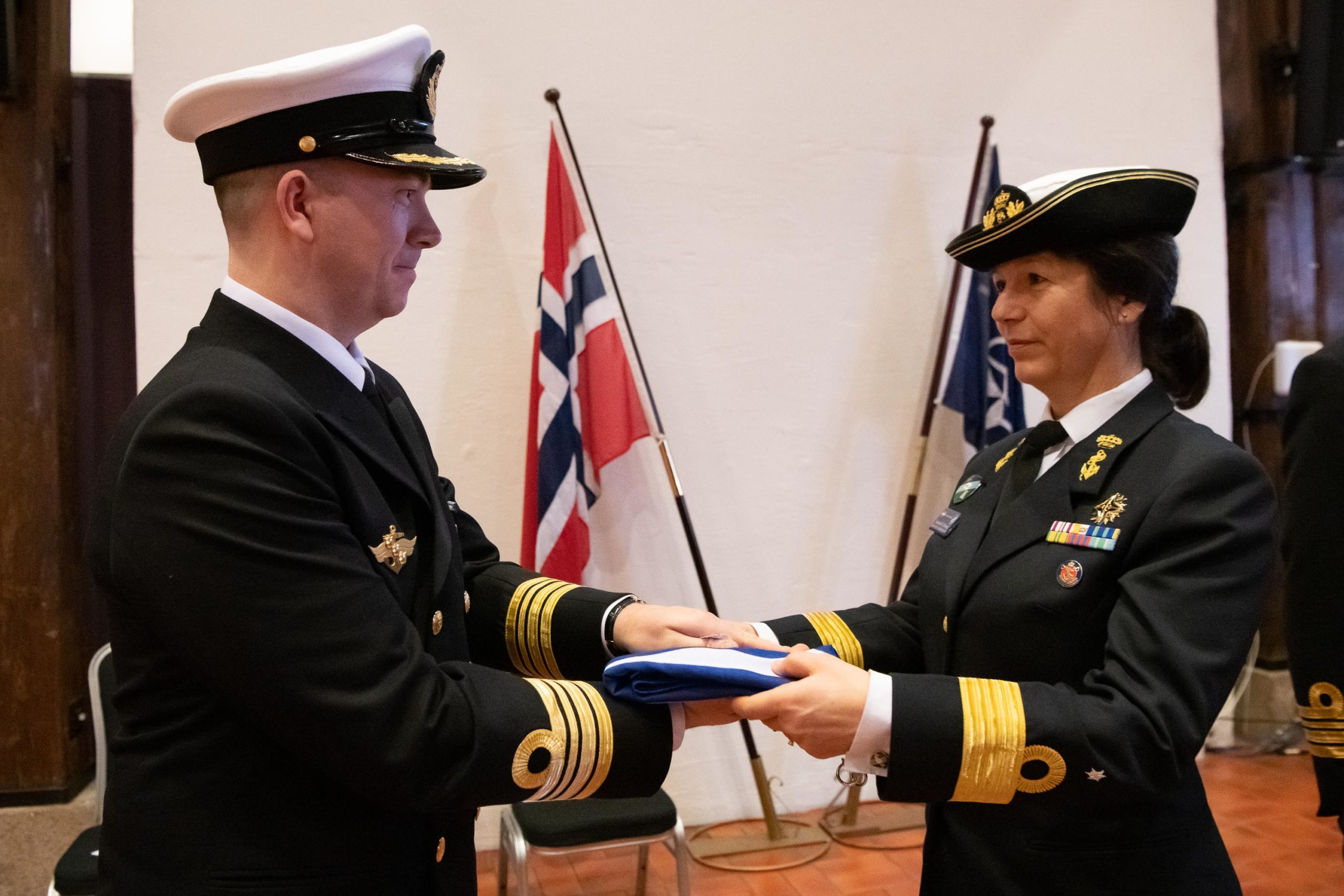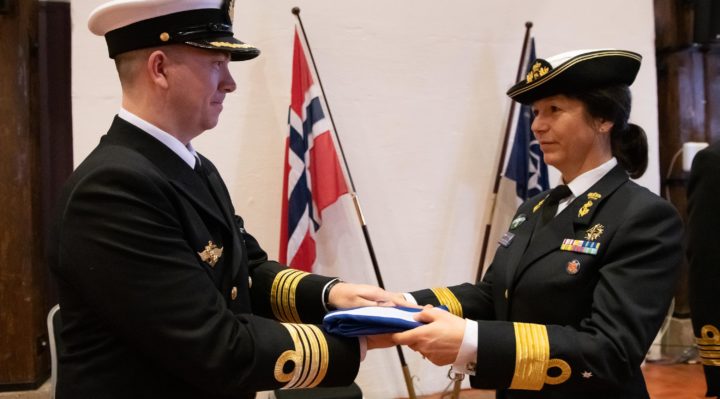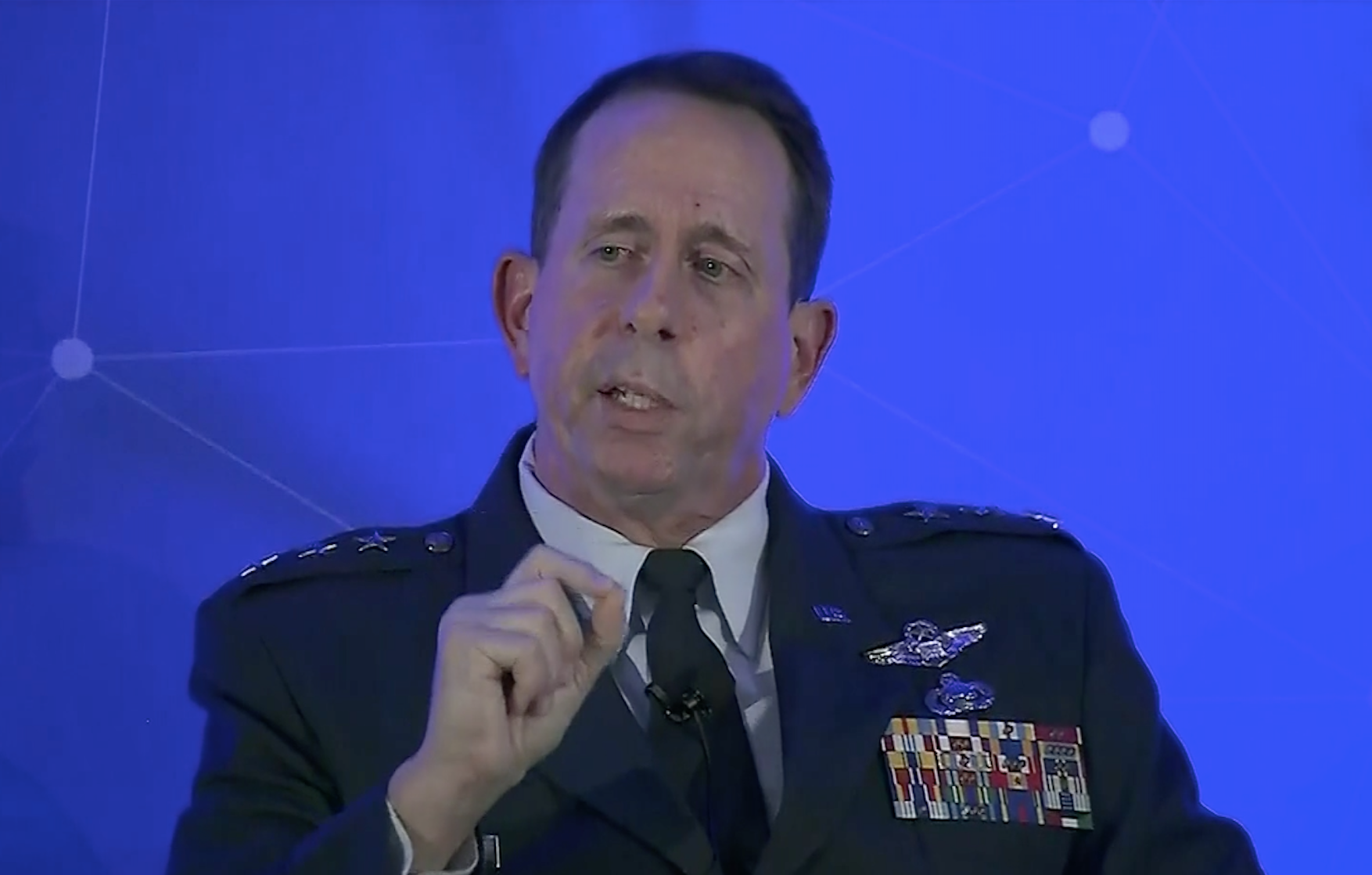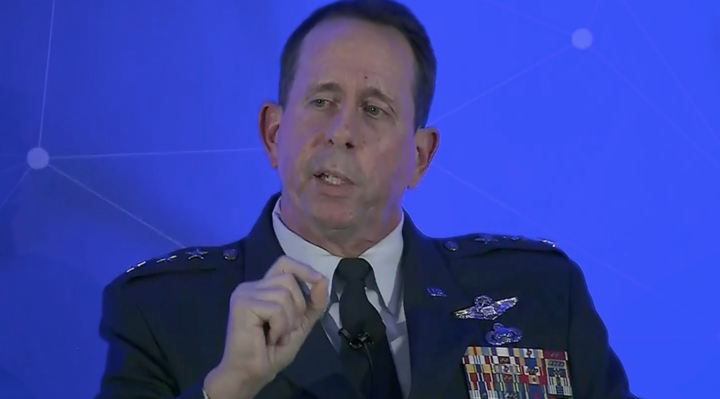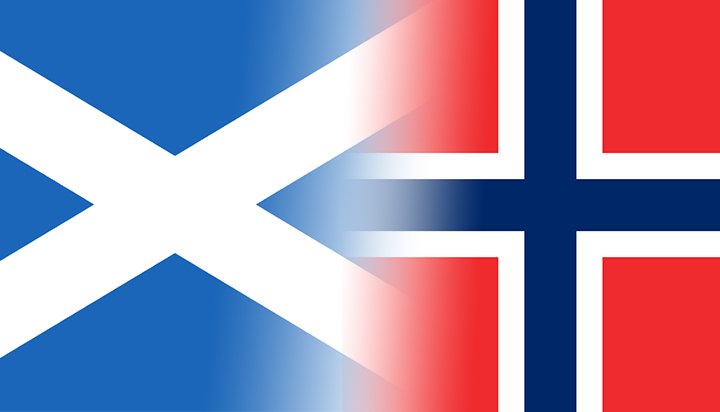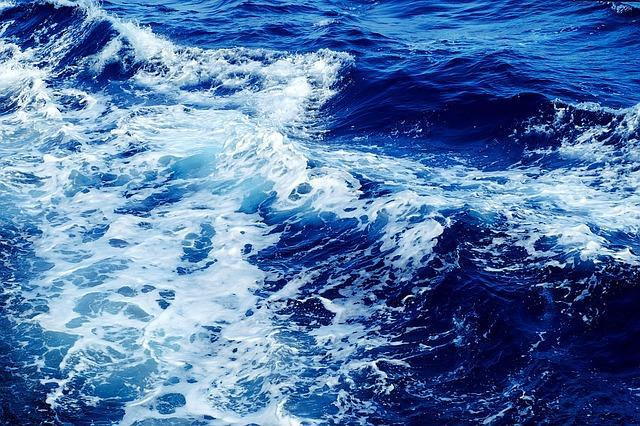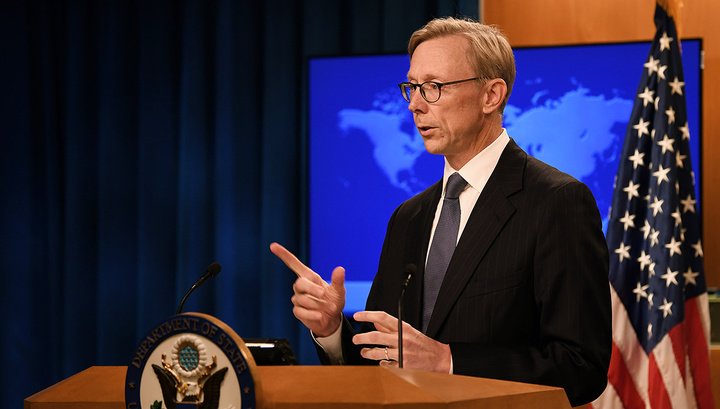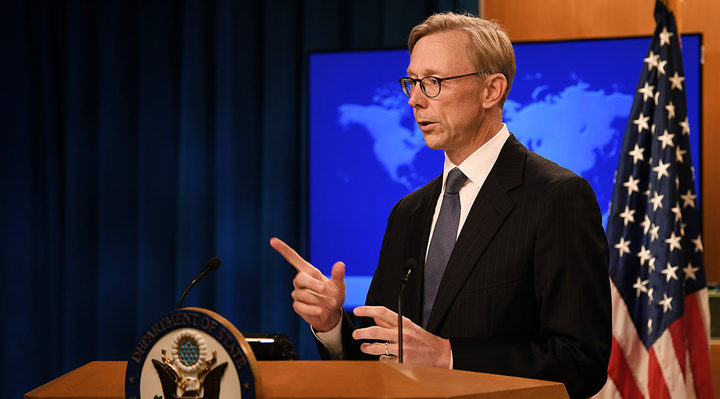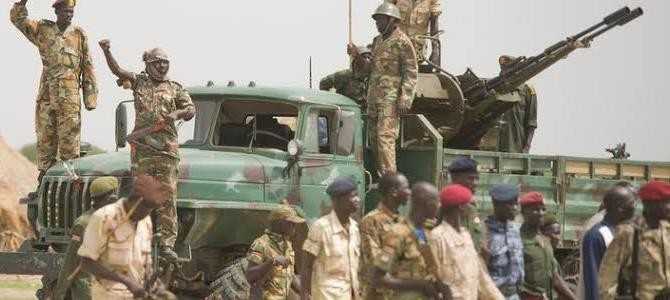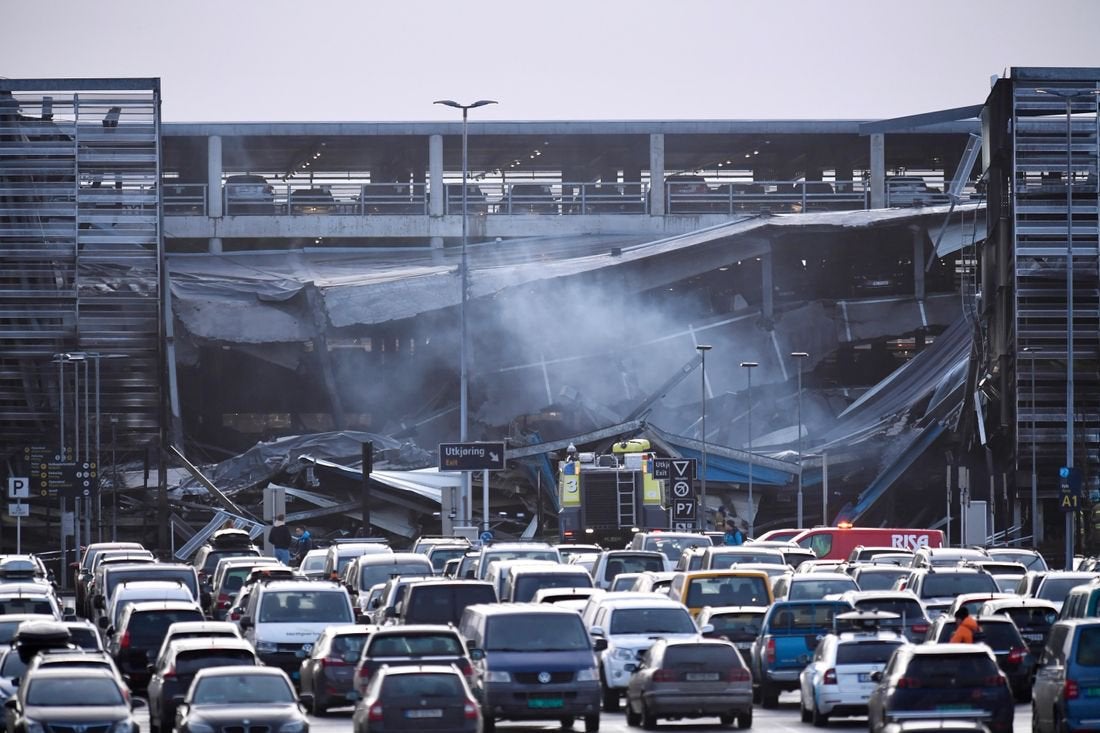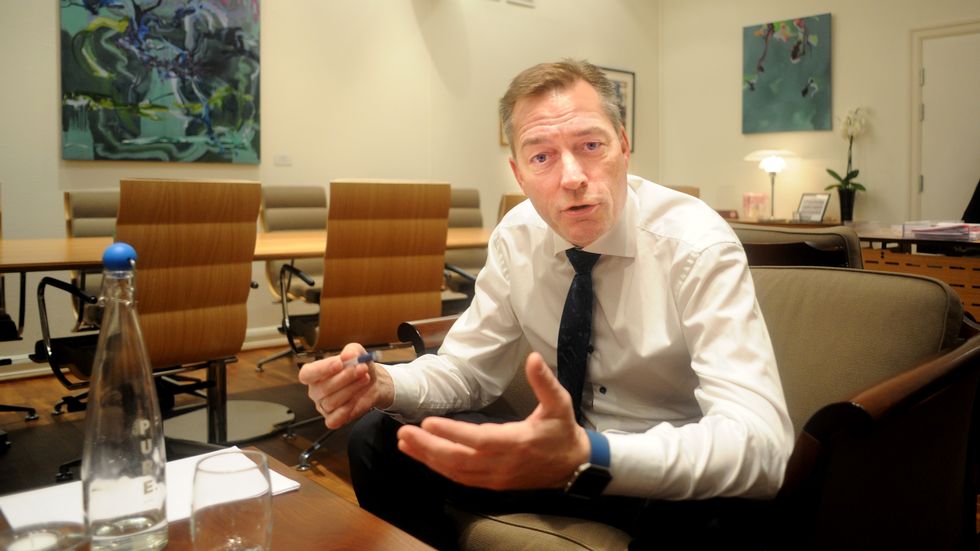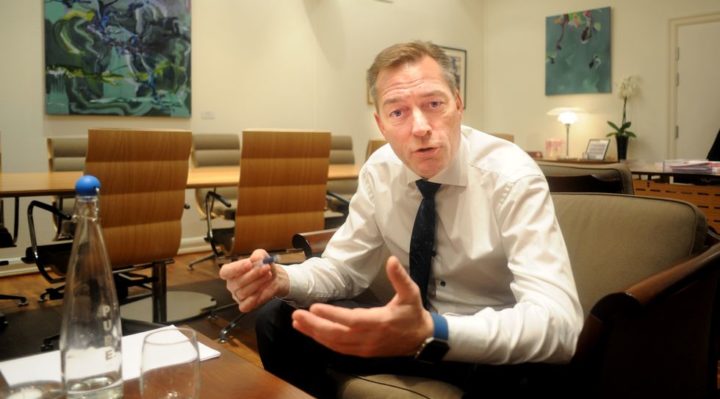CHICAGO – On Jan. 21, the Chicago office of Greensfelder, Hemker & Gale, P.C., celebrated the opening of the new Norwegian Honorary Consulate for Illinois – located at Greensfelder – and introduced Greensfelder Officer Susan Meyer as the newly appointed Norwegian Honorary Consul.
In conjunction with Ms. Meyer’s appointment late last year, Greensfelder’s Chicago office was designated by Norway’s Foreign Ministry as the Norwegian Honorary Consulate. Norway’s Honorary Consul assists with consular affairs and helps to facilitate development of business, cultural and educational relations between Norway and the United States.

The Jan. 21 event also featured an address from Harriet E. Berg, Norwegian Consul General in New York, and a medal ceremony honoring Eirik Seim for his overseas service.
In addition to her new consulate role, Ms. Meyer is a past president and current member of the Chicago Chapter of the Norwegian-American Chamber of Commerce. She frequently advises companies on matters related to commerce between the United States and Scandinavia. She is also actively involved with the Norwegian-American Defense and Homeland Security Industry Council and the Swedish American Chamber of Commerce. In addition, she is on the board of Women Entrepreneurs Grow Global, a non-profit organization dedicated to helping women-owned businesses expand internationally.
As leader of Greensfelder’s Trademark, Copyright, Media, and Advertising group and a member of the firm’s Intellectual Property and Franchising & Distribution groups, Ms. Meyer advises businesses in the areas of intellectual property, franchising, and distribution. She represents companies in the United States and internationally in every stage of development. In addition to her work involving intellectual property transactions, licensing, and dispute resolution, Ms. Meyer has extensive experience in trademark law, representing clients before the Trademark Trial and Appeal Board and federal courts. She also works with franchisors on compliance issues and serves as outside general counsel for businesses on general business matters.


